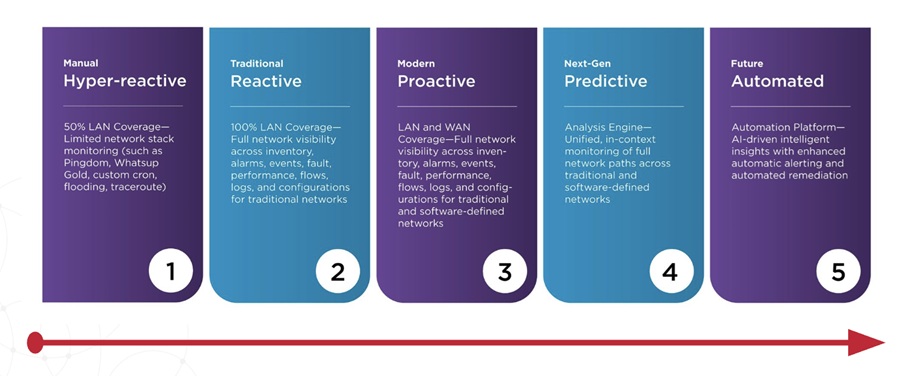The data is in: enterprises are not happy with their managed service providers (MSPs) and cloud service providers (CSPs).
According to the latest CloudBolt Industry Insights report, Filling the Gap: Service Providers' Increasingly Important Role in Multi-Cloud Success, which surveyed over 300 senior-level large enterprise MSP/CSP customers worldwide, 80% are so unsatisfied with their existing MSP and/or CSP, they are actively looking to replace them within twelve months.
That means 4 out of 5 enterprises may churn from their current MSP/CSP to a new one in the next year.
But why?
The Multi-Cloud Dilemma
As companies moved to the Cloud, the majority ended up multi-cloud. Splunk's latest State of Security report indicates 65% of enterprises use multiple cloud providers in a meaningful way; 32% use 3 or more. In some cases, multi-cloud was a well-thought-out strategy. But in most cases it was simply the result of rogue/shadow IT, mere choice, or even M&A.
Whichever the case, multi-cloud compounds complexity for cloud operations. Networking, data aggregation, cost structures, security, compliance, workload methodology and operating systems are often handled slightly differently across different clouds. The automations and integrations built for AWS can't simply be lifted and used in Azure or GPC; they have to be built again from the ground up. Many enterprises now find themselves struggling with a growing patchwork of platforms and tools, and most are forced to manually aggregate cloud data from multiple clouds and sources, usually using spreadsheets. To say visibility across it all is opaque is an understatement.
As a result, the costs of a multi-cloud architecture can spiral out of control, sometimes costing more than staying with an on-premise data center. (Skeptical? See the recent study that came out of Andreesen Horowitz, The Cost of a Cloud: The Trillion Dollar Paradox.)
The Skills Gap on Both Ends
The vast majority of enterprises don't have the in-house skills and expertise to manage, optimize, orchestrate, automate and govern multiple clouds; there just aren't enough people with the depth and breadth of knowledge required. Because of this skills gap, enterprises turn to MSPs and CSPs to bring order to their multi-cloud chaos and control spiraling cloud costs. Unfortunately, MSPs/CSPs are largely in the same boat — multi-cloud challenges are growing so fast, MSPs/CSPs can't keep up either.
The personnel issues caused by the pandemic and the resulting Great Resignation have created severe challenges in hiring and retaining employees with the skills that are so desperately needed today by every organization. So MSPs/CSPs are finding it increasingly difficult to meet their customers' expectations. And it's starting to take its toll.
Respondents to the report were asked about the specific areas where they believed their MSPs/CSPs were falling short. The most common answers were:
■ Failure to sufficiently reduce costs (60%)
■ Not offering enough multi-cloud options (58%)
■ Poor performance enabling automation (50%)
■ Lack of visibility across all cloud spending (41%)
A Golden Opportunity
Luckily, enterprises haven't given up on the promise of service providers; most simply believe they haven't found the right one.
85% of enterprises still believe MSPs/CSPs can accelerate digital transformation, and 81% still believe their MSPs/CSPs can save them money. Almost all (97%) would even pay a premium to a provider that delivered on the current shortcomings they identified with their current vendor.
So, what does all this mean?
If you are an enterprise, continue to demand additional and better capabilities from your provider. The status quo isn't good enough to handle your growing multi-cloud complexity.
If you are an MSP/CSP, this could be your moment to leapfrog competitors. With 4 out of 5 enterprises actively seeking a change over the next year, the service providers that can deliver the key "wish-list" capabilities identified in the findings will gain significant advantage and market share. Those who choose to not improve do so at their own peril.
Enterprises have clearly spoken. Which MSPs/CSPs will choose to listen?


